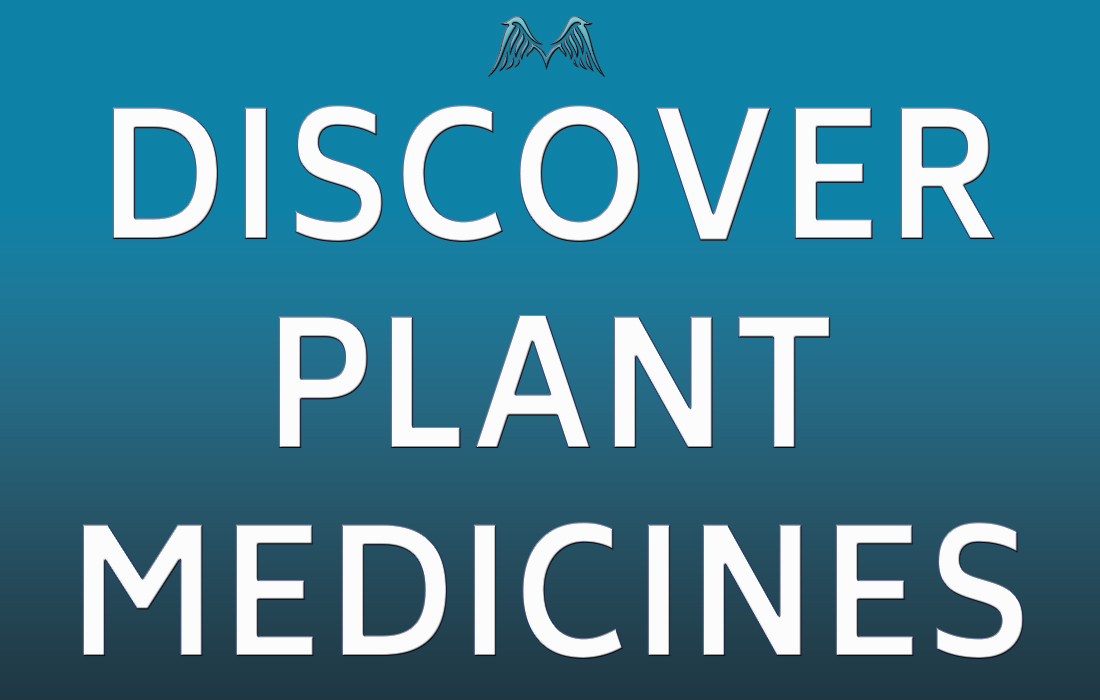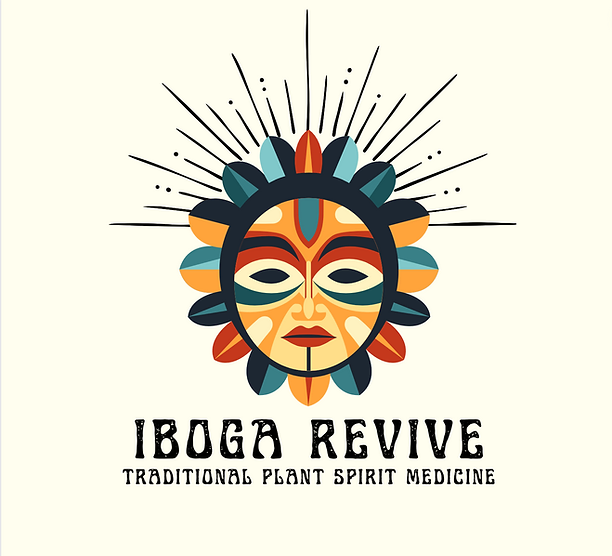
Plant Medicines are often referred to as herbal remedies and have been an integral part of human healing traditions for centuries with some stifled remedies are making a comeback.
These natural substances, derived from various parts of plants such as leaves, roots, stems, and seeds, have been used across cultures to address a wide range of health concerns and promote overall well-being.
In this series, we are exploring the fascinating world of Plant Medicines, their significance and the myriad of benefits that they offer.
HISTORICAL SIGNIFICANCE OF PLANT MEDICINES
The use of Plant Medicines traces back to the dawn of human civilization, making them an integral part of our cultural heritage; like a a rich tapestry of traditions woven into the fabric of human history, we are intertwined.
Around the world, different societies have harnessed the healing power of plants for a variety of purposes.
Ancient Egypt: The ancient Egyptians were known for their extensive use of medicinal plants, with records dating as far back as 1500 BCE. Papyrus scrolls, such as the Ebers Papyrus, document various herbal remedies for conditions ranging from digestive issues to skin ailments.
Traditional Chinese Medicine: Rooted in ancient Chinese philosophy, this holistic system of healing has employed plant medicines like ginseng, ginger, and ginkgo for thousands of years to promote balance and vitality.
Ayurveda: Originating in the Indian subcontinent, Ayurveda is a comprehensive system of medicine that heavily relies on plant-based remedies. The ancient Ayurvedic texts, Charaka Samhita and Sushruta Samhita, provide detailed insights into the use of herbs to restore health and balance.
Indigenous Tribes: Indigenous peoples of North and South America have a deep connection with the land and its native flora. Medicinal plants like echinacea, sage, and cedar have been used for generations to treat various ailments and maintain spiritual harmony.
Medieval Europe: European history is replete with the use of plant medicines, particularly during the Middle Ages. Monks and herbalists documented the properties of numerous plants in texts like the "Physiologus," which provided valuable knowledge about their healing properties.
Rediscovery and Research: The 19th and 20th centuries witnessed a resurgence of interest in plant medicines, driven by advancements in scientific research. Many modern pharmaceuticals have their origins in natural compounds derived from plants, such as quinine from cinchona bark and aspirin from willow bark.





